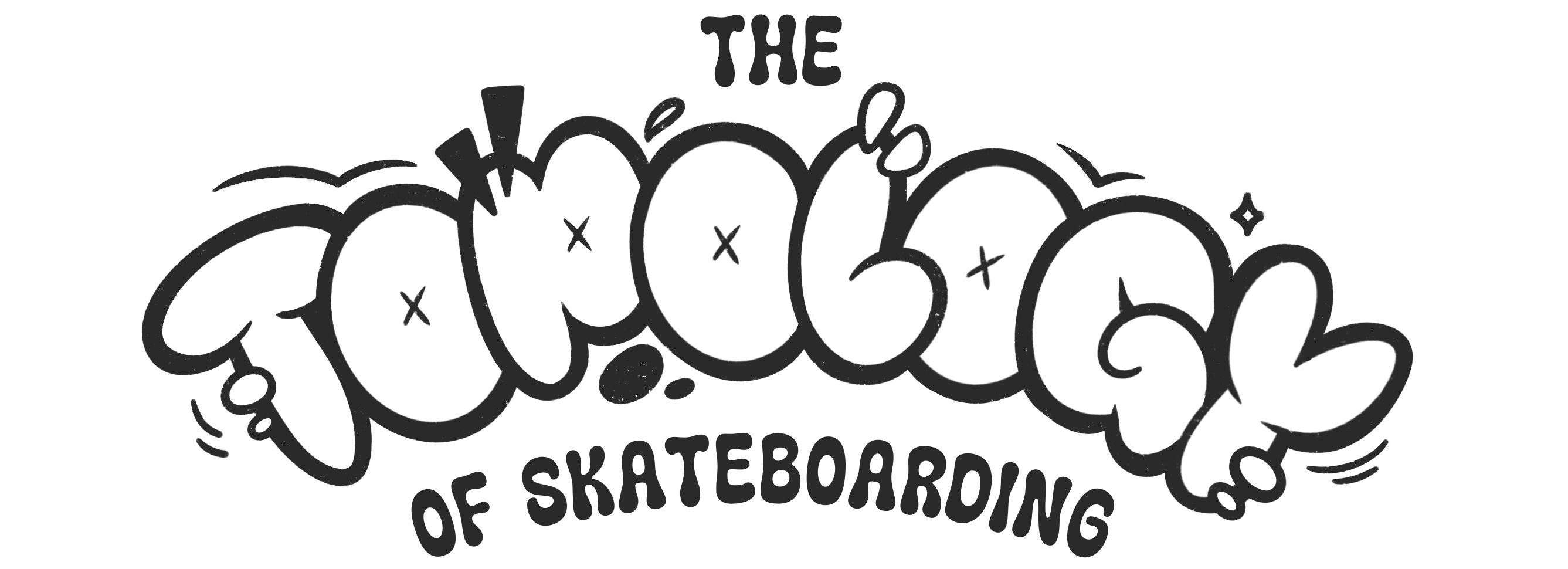
During the recording stages of the project, many problems were encountered. Depending on the environment, wether it be outside or inside, your methodologies and process of recording may differ and change.
Recording inside had many benefits but also presented many problems. Due to the typical materials and designs utilised within an indoor skatepark, they can functionally become an echo chamber. Reflective surfaces persist all around the skatepark essentially doubling and reproducing frequencies, constantly making noises louder. The nature of energy and impact that ensues with skateboarding in tandem with this issue can present many problems for recording, making background noise more evident as well as recorded sounds being too loud for the recording equipment. Due to the doubling of frequencies and resonant reflective materials, riding the gain is often necessary when recording skateboard sounds as the possibility of clipping the gain is rife. Often enough 24bit and 16bit audio recorders tend to struggle with loud transient noises, and clip often due to noise exceeding headroom, which is then a prominent issue within recording skateboard audio.
Reducing your input gain is always effective for combating clipping which is commonly known, but it evidently loses translation and detail in the quieter sounds in the background. Often enough these quieter sounds can be the sounds we are looking for, so negating a whole type of sound by combating clipping seems redundant. Due to these issues I invested in a 32bitfloat recording device. This in part led me to not have to ride the input gain when recording, and gave me more range and access to the types of sounds I recorded. Instead of not bothering with recording long lines due to the difference in impact of tricks at times, I could now record for long periods without stressing about clipping the gain or having to change the input.
This led me to be able to focus on directing the type of sounds we wanted to capture as well as the quality of recordings. Not worrying about clipping from the infinite headroom of 32bit audio I could then freely record, edit gain in post thus allowing me to capture the full dynamic range of performances. This allowed for the recapturing of small nuances and textures that would have been neglected via the processes of avoiding clipping with 24bit and 16bit audio. However it is worth noting that the usefulness and power of 32bit audio is mainly provided in the recording stage, and the accessibility of being able to freely manipulate gain, rather than digital clipping destructively ruining recordings.
Capturing a correct, or creative stereo image is often important when recording skateboard audio. Due to the natural panning that ensues with motion around a stationary recorder you can enforce or reduce the sense of movement quite dramatically. This natural panning often becomes a bit difficult to translate when recording someone skating via binaural microphones, as the head movement within skateboarding makes the panning information in binaurals quite confusing. Depending on the skater’s posture the sounds of the environment around them can contort and become mangled within the stereo image from the swaying motions of pushing on a board.
The active doppler effect when recording skate audio is a huge factor in the immersion of skateboard audio, due to texture and timbre of the materials interacted with when skating as well as the movement of air around the skater. The changes in transients that occur when a source of sound moves away from a stationary point of recording is very important in the ideas of translating depth within a recording. Its even impactful when recording outside skateboard audio as well as indoor.
Equipment -Tascam DR05 (24bit Linear PCM Recorder), Tascam Portacapture x6 (32bitFloat Linear PCM Recorder), Roland Cs10Em (Binaural Microphones). Tascam Windshield.
